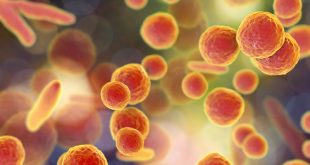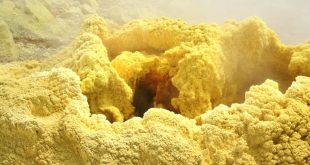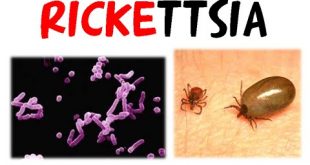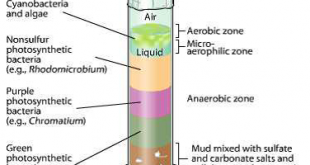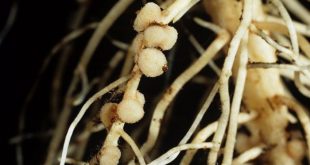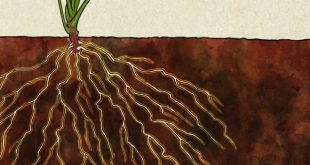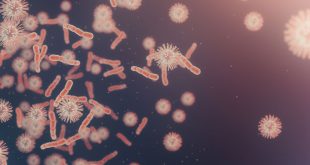The Debate over Spontaneous Generation after Van Leeuwenhoek discovered the previously “invisible” world of microorganisms, the scientific community of the time became interested in the origins of these tiny living things. Until the second half of the nineteenth century, many scientists and philosophers believed that some forms of life could …
Read More »Mycoplasma: The Simplest Prokaryotic Cell
Mycoplasma, also known as PPLO- are the simplest prokaryotic cell. Mycoplasma is a group of small parasitic bacteria that lacks cell walls and can survive without oxygen and generally resistant to antibiotics and can cause pneumonia and urinary tract infections in animals and humans. Few common species of mycoplasma …
Read More »Defense Against Disease : Active And Passive Immunity
We now want to tell in detail something that was too important for our immune system. Our ability to defend ourselves against infection by pathogens (disease-causing organisms). We have seen that some people experience few or no symptoms when exposed to certain infectious diseases. Even though a person may be …
Read More »Sulphur Cycle & Microbial Role in It
The sulfur cycle is the collection of processes by which sulfur moves between rocks, waterways and living systems. Such biogeochemical cycles are important in geology because they affect many minerals. Biochemical cycles are also important for life because sulfur is an essential element, being a constituent of many proteins and cofactors, and sulfur compounds can be used as oxidants or reductants in …
Read More »Rickettsia: The Disease Causing Bacteria (Part-2)
Rickettsias are mainly known for their disease-causing capability. These micro-organisms can cause a great variety of diseases in different flora and fauna; especially in human. Rickettsiosis is a disease caused by intracellular bacteria. It’s a type of infectious disease. Rickettsiosis can be divided mainly in two groups: Spotted fever group …
Read More »Winogradsky Column
The Winogradsky column is a simple device for culturing a large diversity of microorganisms. Invented in the 1880s by Sergei Winogradsky, the device is a column of pond mud and water mixed with a carbon source such as newspaper (containing cellulose), blackened marshmallows or egg-shells (containing calcium carbonate), and a …
Read More »Nitrogen Fixation & Root Nodule Formation
Nitrogen fixation is a process by which molecular nitrogen in the air is converted into ammonia (NH3) or related nitrogenous compounds in soil. Atmospheric nitrogen is a relatively nonreactive molecule that is metabolically useless to all but a few microorganisms. Biological nitrogen fixation converts N2 into ammonia, which is metabolized by …
Read More »Nitrogen Cycle: Converting Nitrogen into Multiple Chemical Forms
The nitrogen cycle is the biogeochemical cycle by which nitrogen is converted into multiple chemical forms as it circulates among the atmosphere, terrestrial, and marine ecosystems. The conversion of nitrogen can be carried out through both biological and physical processes. Important processes in the nitrogen cycle include fixation, ammonification, nitrification, …
Read More »Rhizosphere & Its Effects
Positive and negative interactions take place not only between microbes but also between microbes and plants. The rhizosphere is a zone of predominantly commensal and mutualistic interactions þetween microbes and plants. Plant roots provide such suitable habitats for the growth of microorganisms that high numbers of different microbial populations are …
Read More »Interactions among Microbial Populations
Organisms living together in a community influence each other directly or indirectly under natural conditions. All vital process of living such as growth, nutrition, reproduction required interactions between individuals of same species, or between species which are inter and intra-related. Such relationships of individuals in a population of an ecosystem …
Read More » Plantlet The Blogging Platform of Department of Botany, University of Dhaka
Plantlet The Blogging Platform of Department of Botany, University of Dhaka

